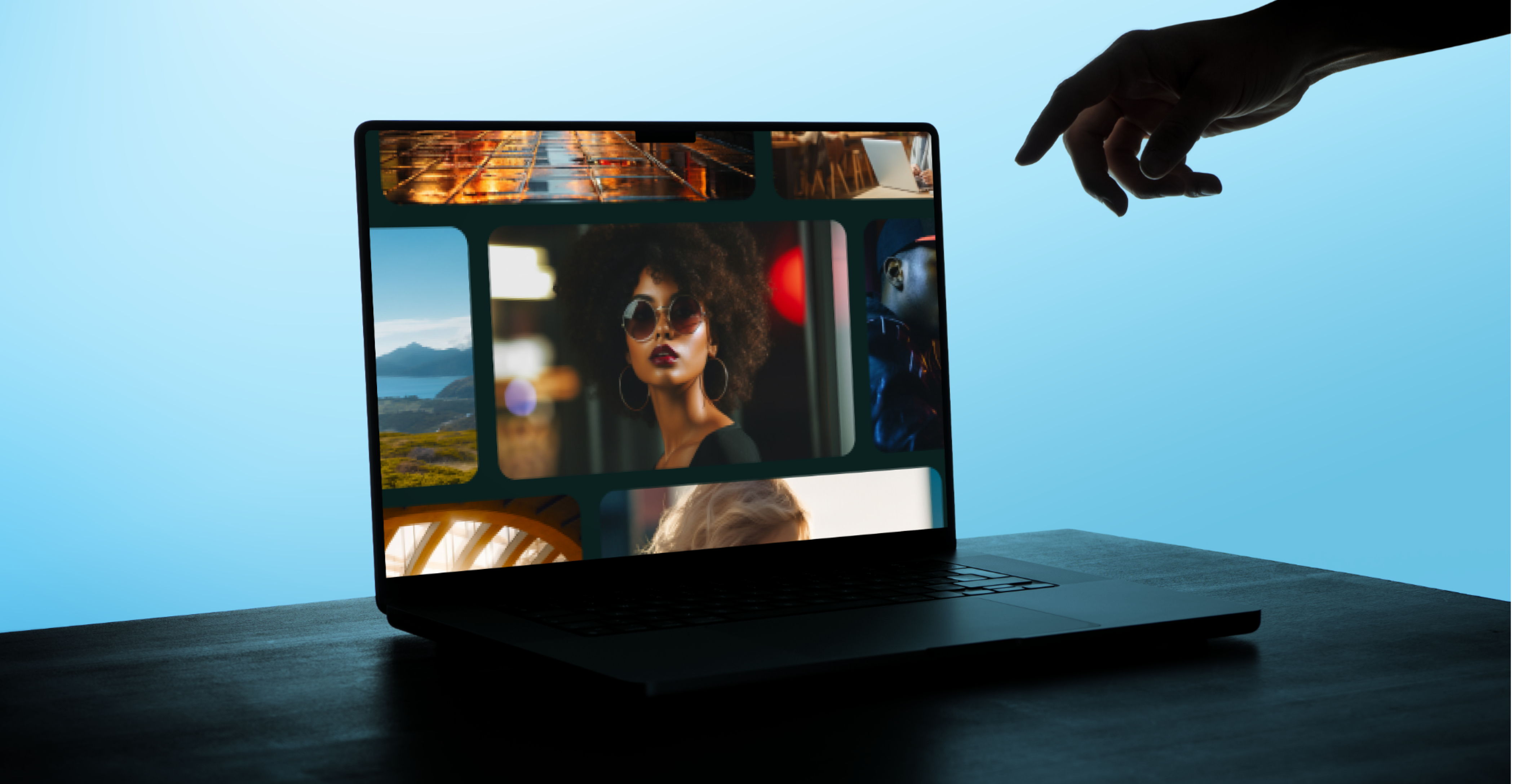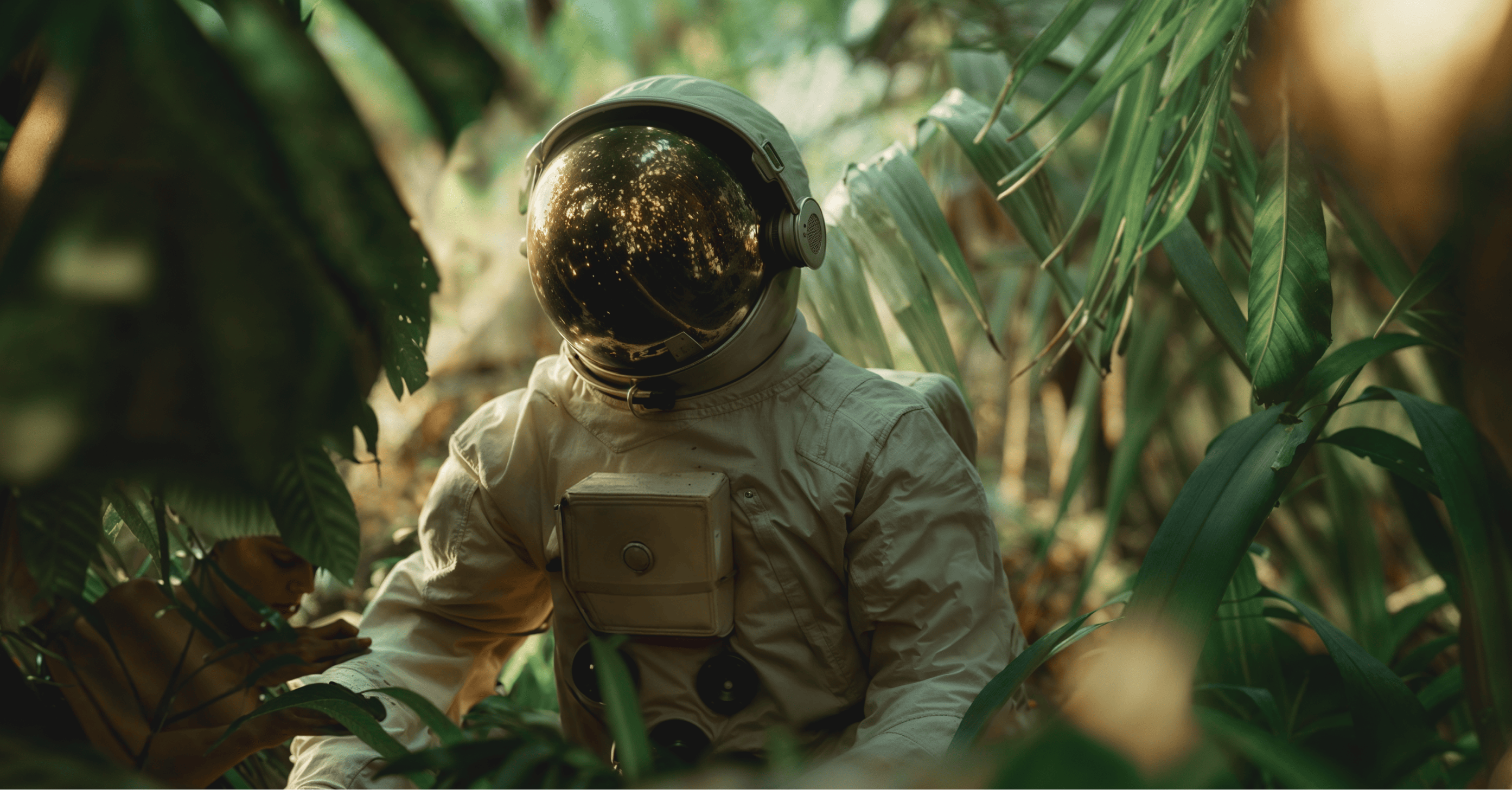
Posters are, without a doubt, one of the most effective advertising tools in the game. From restaurants to music festivals and new movie releases to sporting events, the power of poster advertising knows no boundaries.
Posters are effective in advertising because they can deliver important messages in a fun, creative way to people on the go.
Designers are free to indulge their creativity to effectively relay a brand’s message. And while posters may differ in context and even the industry in which they are representing, there is a common set of rules that the most successful posters follow.
Here’s a look at the poster design process and some of the key ingredients in any successful poster, whether it be for the World Cup, Coachella, a Marvel movie or the restaurant opening down the street.
Getting Started
Before the design process even begins, designers must have a clear vision in their head of what they are creating. This includes defining the company’s brand identity for the poster as well as understanding who the target audience is.
It’s critical that the design team behind the poster understands the company’s brand identity to maintain consistency and avoid confusing the target audience. Likewise, it is critical that a poster effectively speaks to its intended audience. Designers should understand what brand voice the target audience responds best to and what design elements will best attract their attention.
This type of preparation is an essential step in creating a successful poster. Without a predefined message, understanding of the brand identity, target audience and goal, a poster can become confusing, messy and – to be perfectly blunt – fail.
Ready, Set, Design
Since posters can be used for a diverse range of businesses, events and industries, they are all quite different in terms of design elements and visual effect. Still, there is a central set of guidelines that all successful posters adhere to. Here’s ten must-haves for successful poster design:
1. Readable from a distance
Now, we’re not saying that posters can’t have fine print. After all, if the poster is advertising an event, it may have to include smaller text with all the event details. But the most important information should be easy to read from a distance. There is a hierarchy that posters with a lot of text usually follow to maintain visual flow, starting with the headline, followed by the details and concluding with the fine print at the bottom.
A poster is typically created to broadcast an event to people on the go. Therefore, the most essential information – typically the heading or the name of the event – should be the largest and most distinct detail.
The example below has hardly any text at all. But it is a prime example of a poster that is readable from a distance. Onlookers would know what it’s about without even having to stop.
2. Consider the context
Where will the poster be located?
This is an important factor to consider because it will determine how big the poster should be and, ultimately, how it should look. For example, if the poster is going to be advertised on a white wall, designers would design the poster in a contrasting color. The key is to create a poster that doesn’t blend into the background, but rather, one that stands out and attracts attention.
The poster below is a great example of one that adheres to context. This Aladdin poster would’ve had to be big enough to effectively attract attention, as it would be located in open, spacious areas, such as a movie theater. It also boasts some fantasy elements to appeal to children, its target audience.
3. Remember your target audience
One of the beautiful things about the creative industry is that every designer has their own take on how they think a design should look. But designers must meld their aesthetic with the client’s while keeping the target audience in mind.
This movie poster for The Lion King is a great example of appealing to the target audience. When people think of this Disney movie, there is one obvious image that comes to mind: lions. Therefore, it only makes sense that the designers decided to go with an image of lions rather than substantial text.
The main detail that people are drawn to on this poster is that of the two lions. And anyone who is familiar with this Disney classic would feel a sense of nostalgia and be prompted to go see the movie.
4. Use colors and typography strategically
When it comes to poster design, creative freedom is certainly a perk for the design team. Today, it is expected – and even essential – that designers experiment with colors and typography in a strategic manner.
Color is a primary tool in design and has the power to instill a desired feeling or emotion in people. That is why color choice should never be taken lightly in poster design. In fact, color could truly make or break a poster.
The same goes for typography, which helps to really drive a point home, as well as emphasize the most important messages in a poster. A bold font makes quite a different statement than a cursive one.
The poster below demonstrates a strategic use of color and typography. The pink colors add a feminine quality that aligns with the overall brand image of the Women’s Surf Film Festival. The typography successfully directs attention to the most important information on the poster, with the event name and “art” and “film” most readable.
5. Remember the brand
Poster design can be fun because designers can truly push the limits and experiment with different ideas, fonts, colors and icons. While this is both expected and encouraged among designers, they still need to adhere to the brand identity at all times. This means sticking to the brand’s fonts, colors and any other design elements to maintain consistency.
This Game of Thrones poster is a great example of a design that is unique and different, while still in line with the brand’s design standards. The colors and font type are in accordance with the overall Game of Thrones brand image, and the designers found a creative way to depict the iconic Iron Throne while hinting at what the final season had in store for fans.
6. Include a call to action
While a poster’s call to action may not be as obvious as a website’s, nearly every poster that invites the public to an event includes one in some form. This could be through displayed event information, a contact point or any detail that encourages viewers to act.
This Summerfest poster includes a more direct call to action at the bottom of the poster layout. It urges people to view the complete festival lineup and provides information regarding where they can purchase tickets.
7. Create a dominant focal point
Effective poster designs include a central image or icon that attracts the viewers’ attention. Whether it be a headline, an illustration or a photo, a poster must include a dominant focal point that stands out from a distance.
A focal point has a powerful effect on the target audience and should contrast with the rest of the poster design. For example, if a designer made a poster’s focal point a close-up of a person’s face, the other poster elements would have to be carefully and strategically layered to keep the poster visually enticing while not too cluttered or difficult to read.
This poster advertising the Copenhagen Jazz Festival is an obvious example of a design layout that features a dominant focal point. There is no text incorporated into the design, aside from the event’s title and dates, with only an illustrated figure in bold red and yellow colors.
8. Take advantage of the space
Because posters are viewed from a distance, the spacing between icons, text and illustrations should be exaggerated.
Now, this may look a bit strange up close during the design process. But that is why designers are advised to step back from time to time to analyze their work as it would be hung up in public. Utilizing all the space on a poster will enhance readability and significantly increase the visual effect.
This Bonnaroo 2019 Music Festival poster design uses all of its layout space. From the centered text that runs from top to bottom in various font sizes and colors to important event details located in the uppermost corners, this poster is a prime example of how to effectively make the most of all the layout’s space.
9. Size and shape matter
Experiment with shapes and sizes to increase visual impact, but be careful to not distract from the poster’s most important elements.
In fact, the use of shapes and sizes are to do the exact opposite: to draw attention to the most important information and elements of a poster. When done well, size and shape direct a person’s attention to a specific area on the poster and help maintain the desired flow and visual effect of the design.
This poster design illustrates how shape and size can alter overall visual impact. By experimenting with different shapes that remain in line with the poster’s overall theme, the designers created an undeniably impactful effect.
10. Forget the rules and have fun
These rules are the stepping stones to achieving a successful poster design, but they are not meant to be restrictive or to interfere with a poster’s creative potential. Designers must understand these basics, but should be unafraid to break some of them by being experimental – especially if they feel it will enhance the poster’s success.
Here are a few more of our favorite poster designs:
Take it to Print
And there you have it: the ultimate guide to designing a poster. The last step in the poster design process is to print the poster. Designers should consider the poster size, what type of paper they want to use and any finishing touches they think will finesse the poster.
At the end of the day, a successful poster calls for a design team that understands these general rules, is creative and has a firm understanding of the brand and target audience for which they are designing. Only then can they create a poster that will wow their audience.












